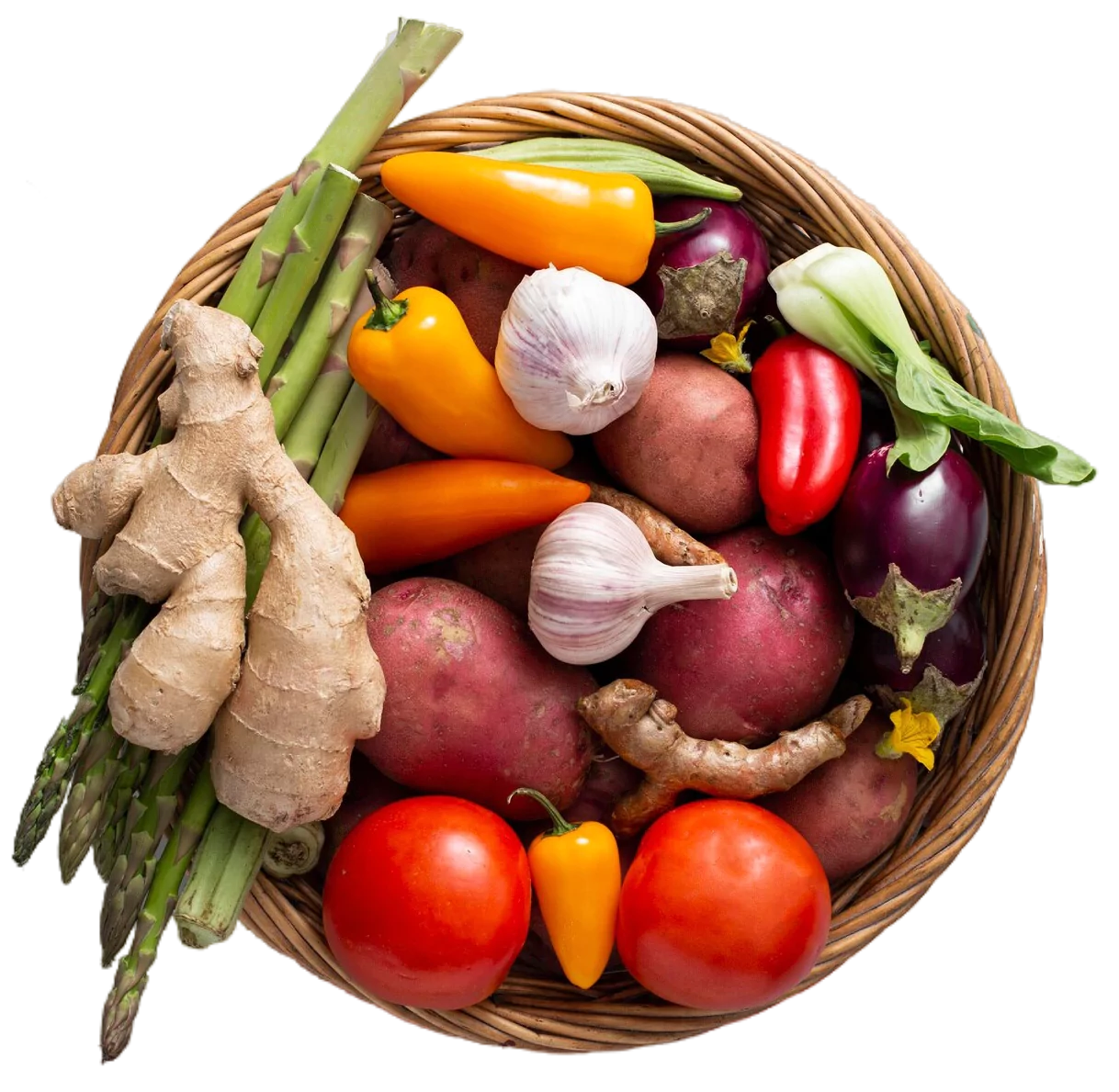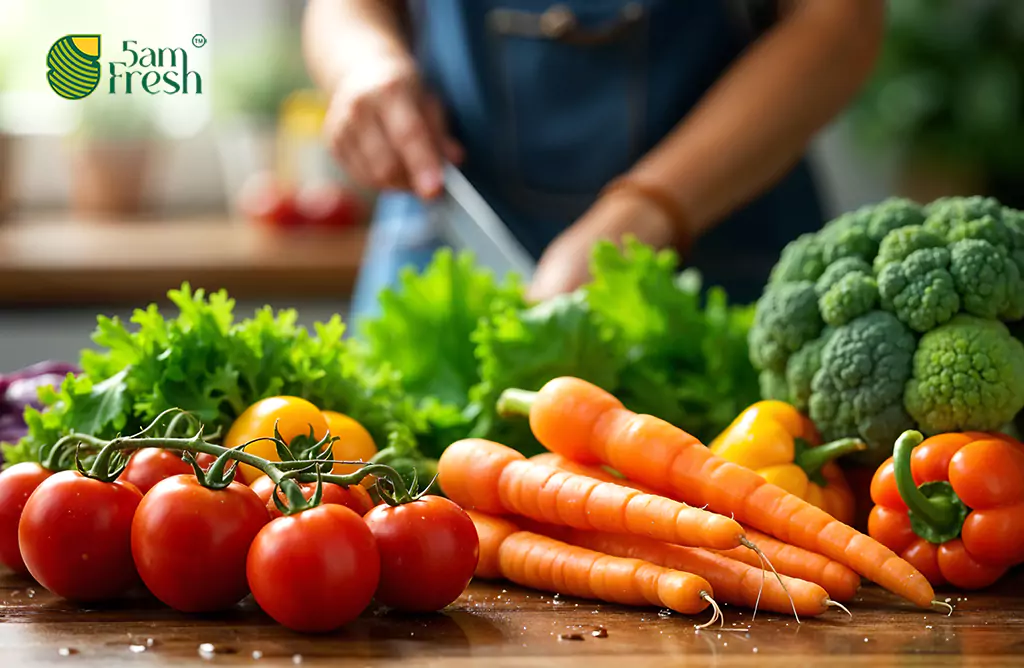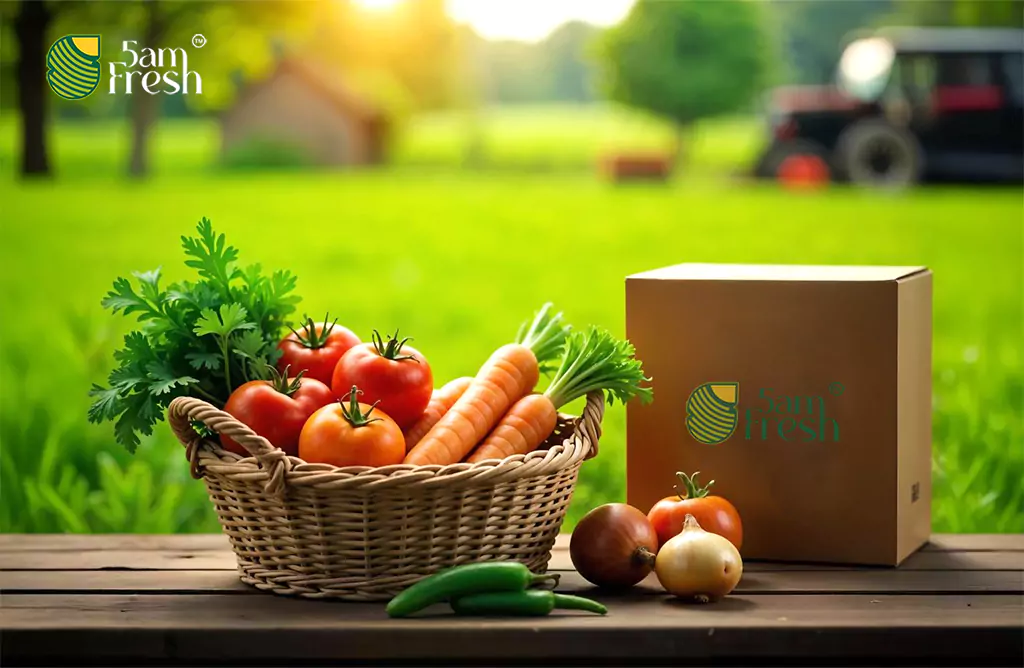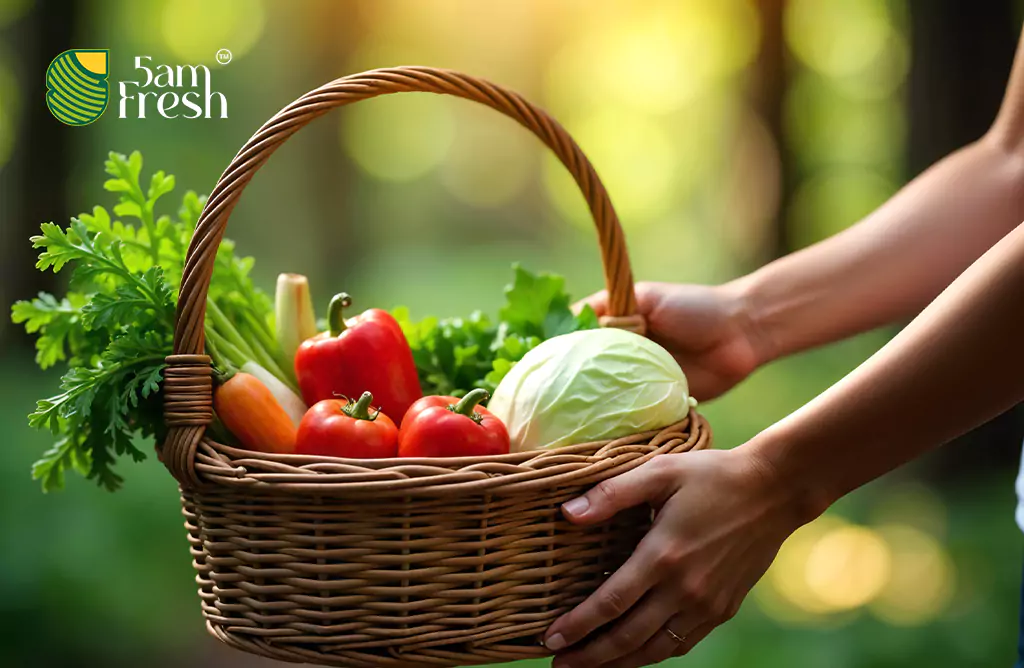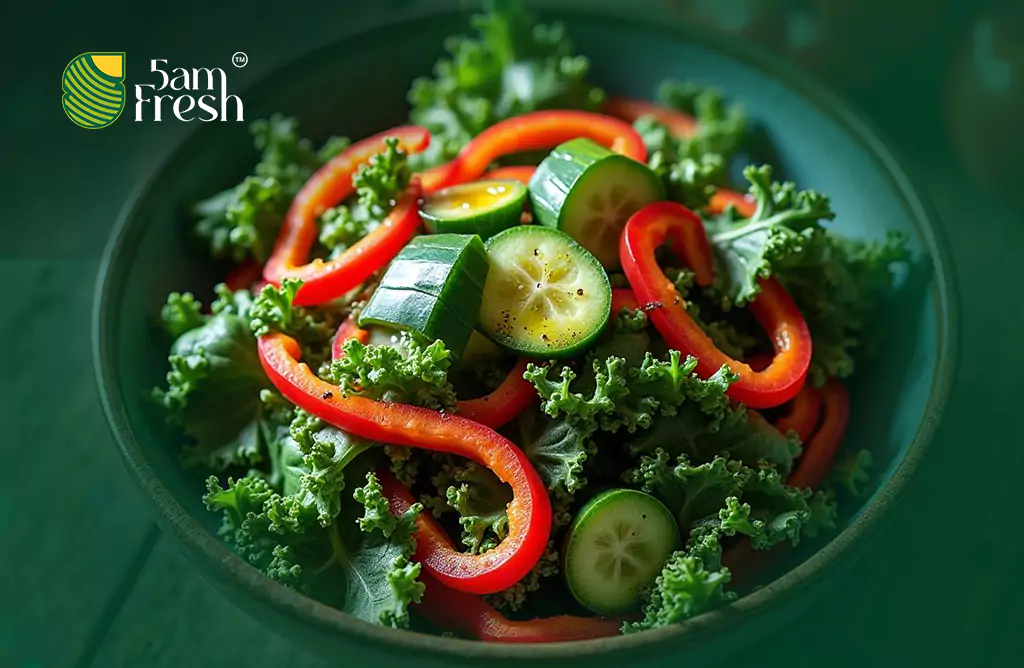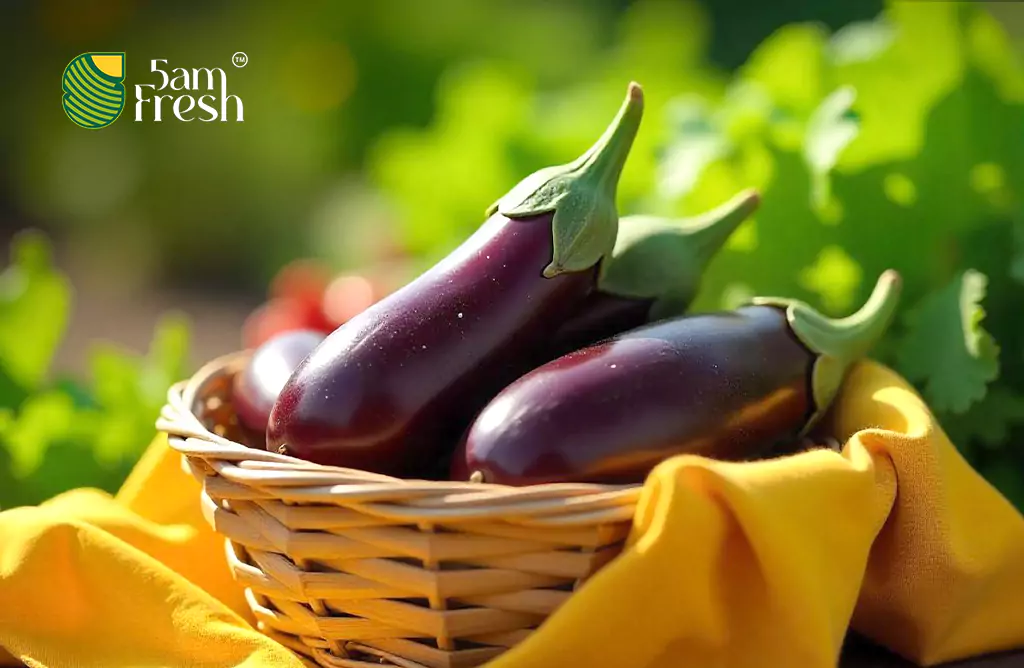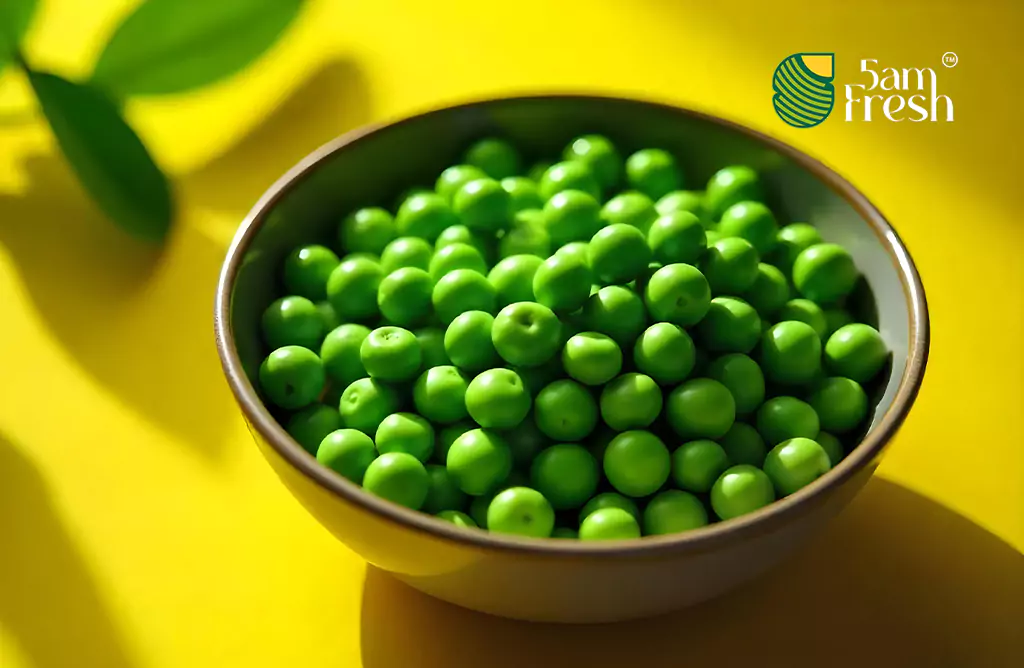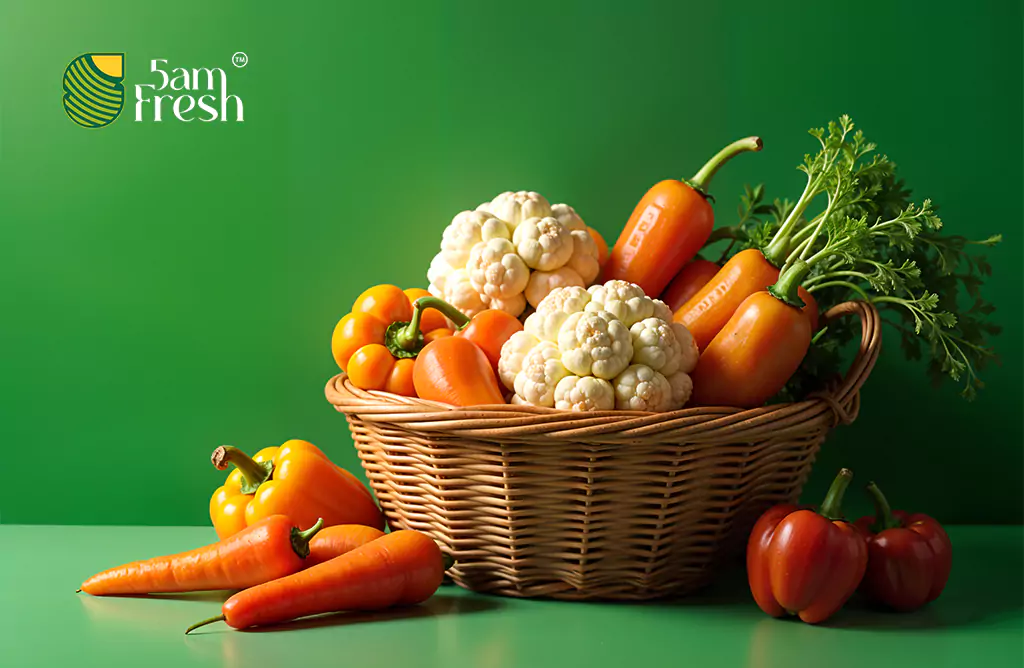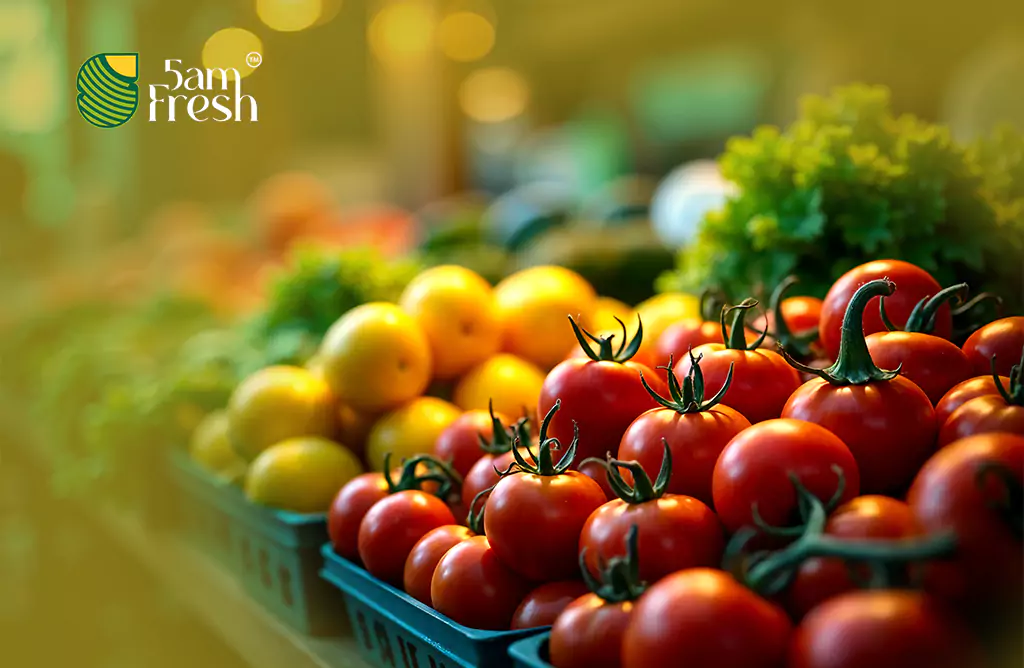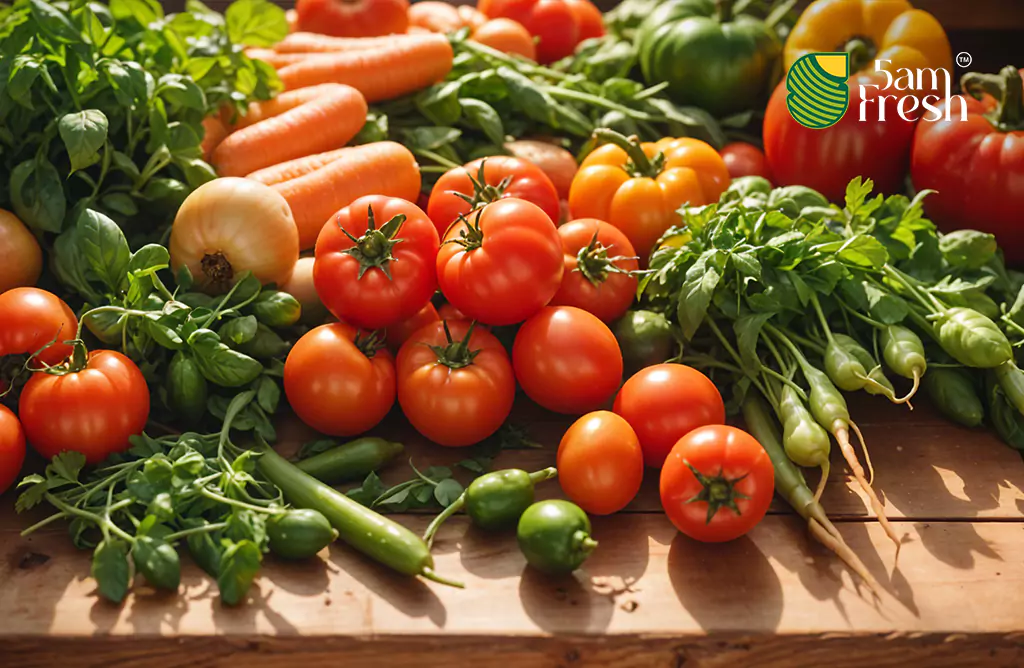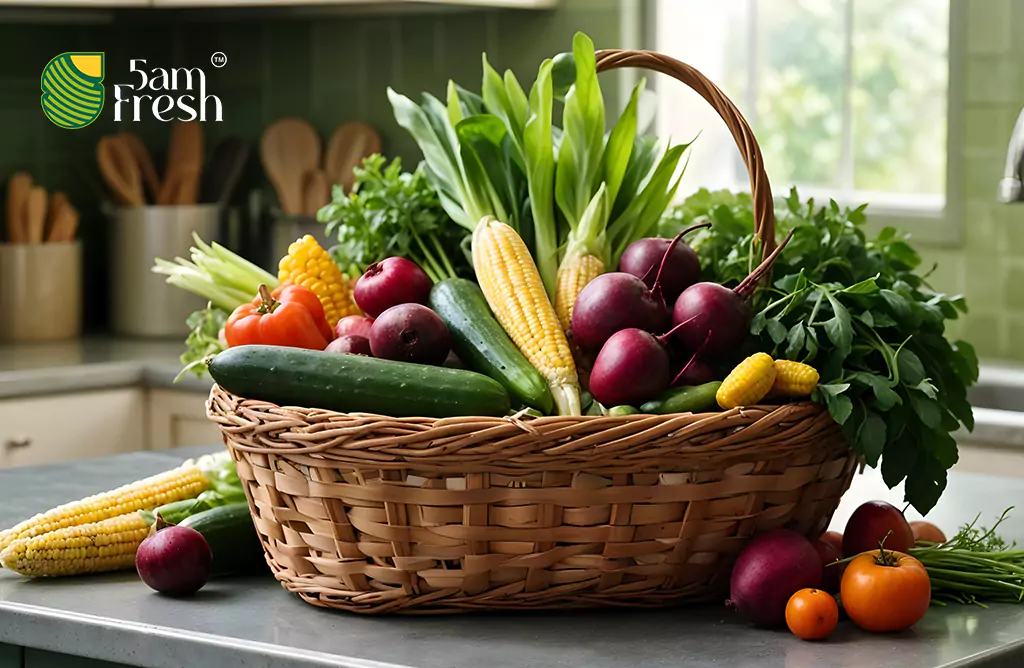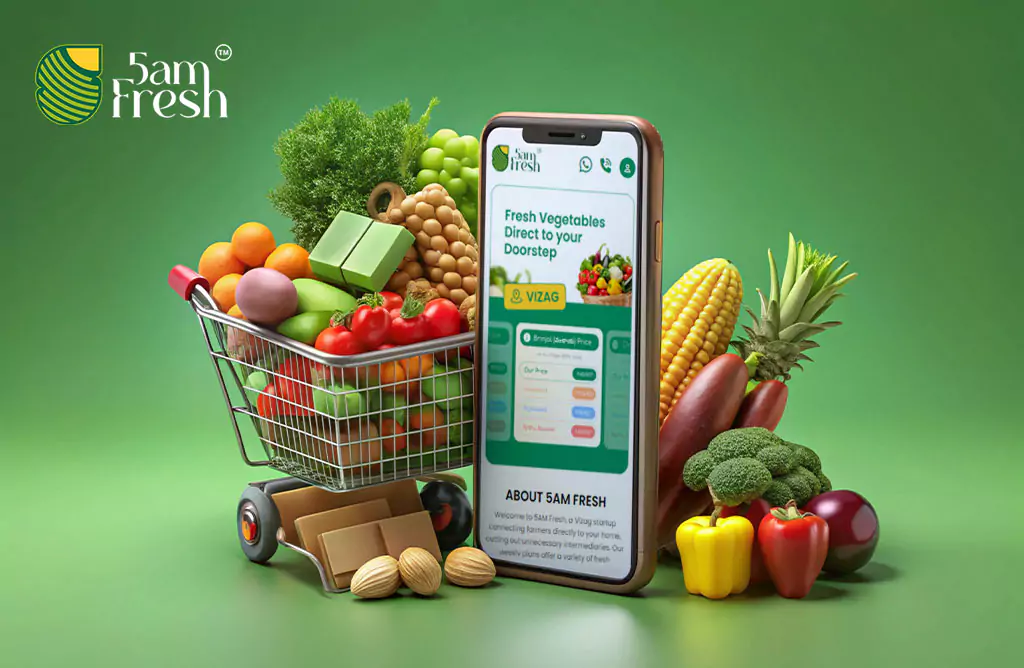The Hidden Wonders of Vegetables: Myths, Facts, and Nutrition
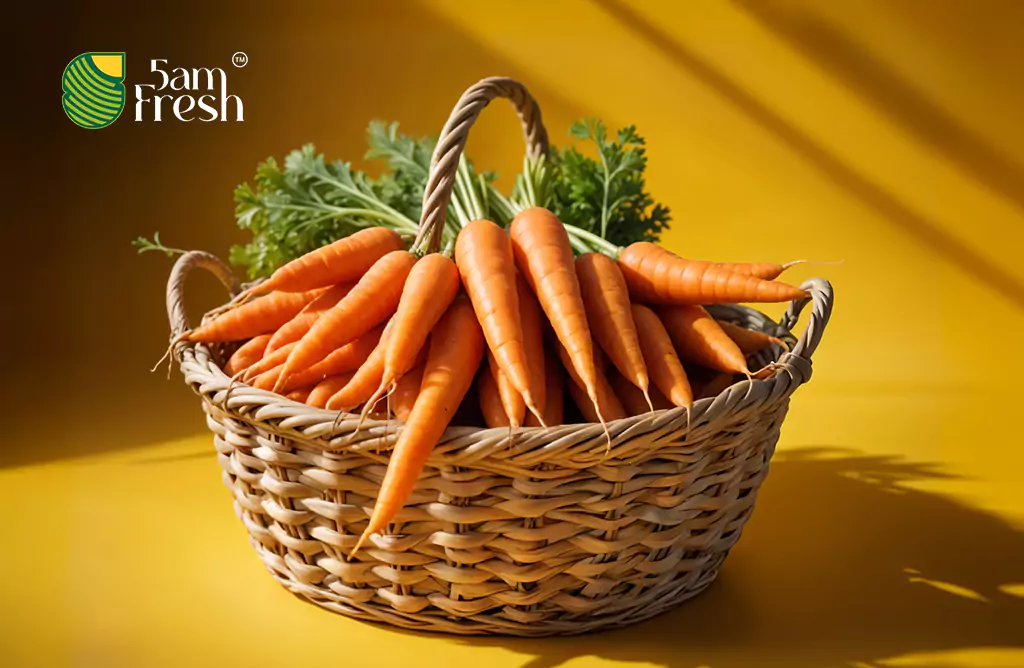
Vegetables are more than just a dietary necessity—they have a rich history, diverse classifications, and impressive nutritional benefits. Often overshadowed by indulgent foods, they deserve recognition for their role in health and culture. From ancient cultivation to modern superfoods, vegetables have shaped diets worldwide.
With the rise of home delivery services like 5am Fresh, getting farm-fresh vegetables has never been easier. Enjoy doorstep delivery of the freshest produce, ensuring convenience without compromising on quality. Let’s explore the fascinating world of vegetables and appreciate their true value.
The Unexpected Origins of Carrots
Carrots, as we know them today, are typically orange, but their ancestors were originally purple and yellow. It wasn’t until the 17th century that Dutch farmers selectively bred the orange variety to honor their royal House of Orange. This now-popular vegetable is rich in beta-carotene, an essential compound for maintaining good eyesight and boosting the immune system.
Are Tomatoes Fruits or Vegetables?
Though tomatoes are commonly used as vegetables in cooking, they are botanically classified as fruits because they develop from a flower’s ovary and contain seeds. This classification was even debated legally in the U.S., leading to the 1893 Supreme Court ruling that tomatoes are vegetables for taxation purposes. Regardless of classification, tomatoes are packed with lycopene, an antioxidant known for its heart health and cancer-fighting benefits.
The Popeye Spinach Myth
The belief that spinach gives extraordinary strength stems from a 19th-century miscalculation that overstated its iron content by ten times. While it doesn’t quite give superhuman abilities, spinach remains an excellent source of vitamins A, C, and K, along with folate and magnesium.
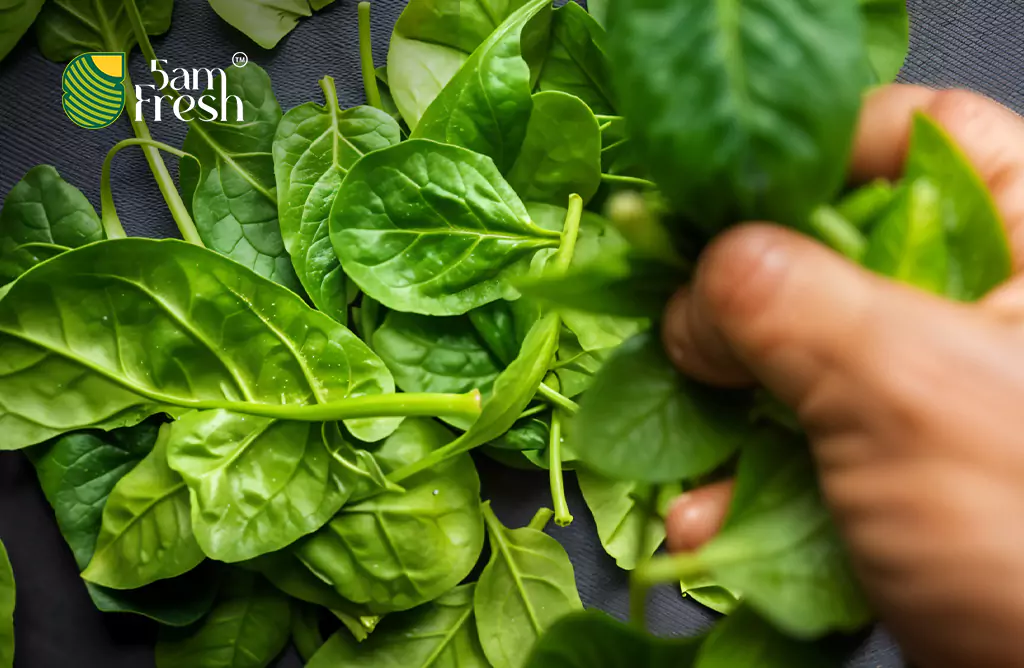
The Truth About “Negative-Calorie” Foods
Celery is often cited as a negative-calorie food, meaning it supposedly takes more energy to digest than it provides. While this claim is somewhat exaggerated, celery is indeed a low-calorie food that supports hydration and digestion due to its high water and fiber content.
The Spicy Scale of Peppers
The Scoville Scale measures the heat of peppers based on their capsaicin levels. While bell peppers score zero Scoville Heat Units (SHU), the Carolina Reaper can surpass 2 million SHU, making it one of the hottest peppers in the world. Peppers, regardless of spice level, contain vitamins A and C and help boost metabolism.
Beets: A Natural Dye and Superfood
Consuming beets can cause beeturia, a harmless condition where urine turns pinkish-red. Beets are rich in folate, manganese, and nitrates, which improve blood circulation and lower blood pressure. Their vibrant pigment has also been historically used as a natural dye for textiles and cosmetics.
Cabbage: A Vegetable with a 4,000-Year History
Cultivated for over 4,000 years, cabbage was a staple in ancient Roman diets and was even used medicinally. Roman soldiers believed applying cabbage leaves to wounds reduced inflammation. Today, this cruciferous vegetable is recognized for its cancer-fighting compounds and high vitamin C and K content.

Eggplants are actually Berries
Surprisingly, eggplants belong to the nightshade family and are botanically classified as berries. They contain nasunin, an antioxidant that protects brain cells and is an excellent source of fiber and essential nutrients.
Fruits in Disguise: Commonly Misclassified Vegetables
Several vegetables commonly used in savory dishes are, in fact, fruits. Avocados, cucumbers, zucchinis, bell peppers, and pumpkins fit the botanical definition of fruit since they develop from flowers and contain seeds. However, they are often categorized as vegetables due to their culinary applications.
Mushrooms: The Fungi with an Immune System
Unlike plants, mushrooms belong to the fungi kingdom and have their own immune defenses. They produce compounds that protect them from harmful bacteria and viruses, which also benefit human health when consumed. Mushrooms are packed with antioxidants and essential nutrients that support immunity and brain function.
The First Vegetable Grown in Space
In 2015, red romaine lettuce became the first vegetable successfully cultivated in space. This milestone was a step toward sustainable food production for long-term space missions and demonstrated the possibility of growing fresh produce beyond Earth.
Expanding the Vegetable Spectrum
Many diets focus on familiar vegetables like spinach, carrots, and lettuce, but thousands of lesser-known vegetables exist worldwide. Incorporating a variety of vegetables into meals can improve nutrient intake and reduce health risks. Exploring options like kohlrabi, Romanesco broccoli, and daikon radish can add diversity and excitement to one’s diet.
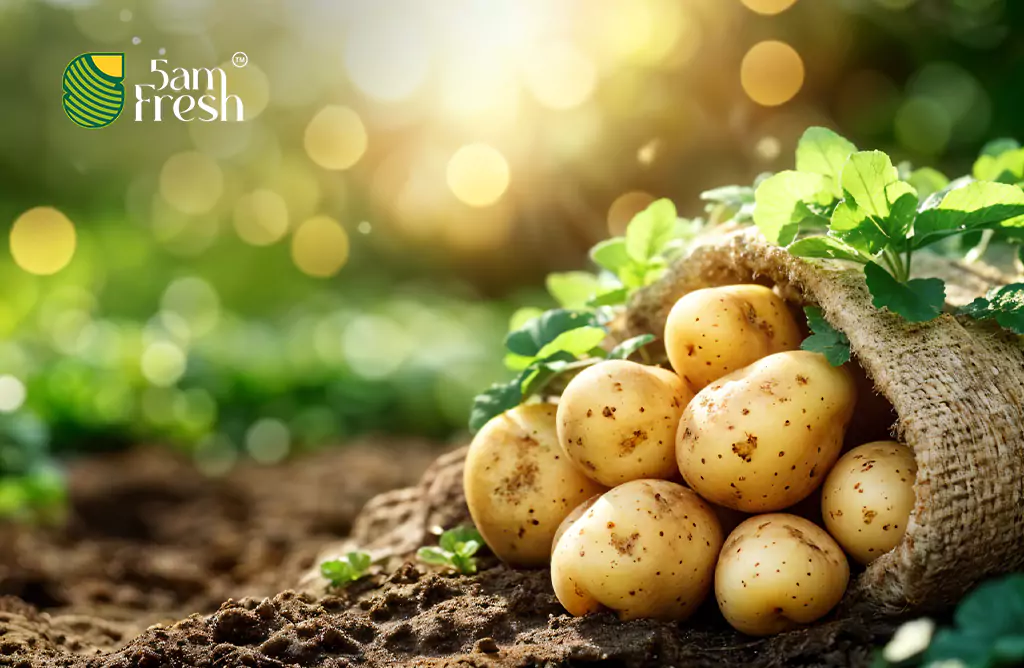
Potatoes: Once as Valuable as Gold
Introduced to Europe by Spanish explorers, potatoes were initially considered livestock feed. Over time, their nutritional value was recognized, and they became a staple food in many cultures. In 16th-century France, potatoes were so highly valued that they were even used as currency. Today, they remain a major source of carbohydrates, potassium, and fiber worldwide.
The Future of Vegetables
As plant-based diets gain popularity for their health and environmental benefits, innovations in urban farming, hydroponics, and vertical gardening are transforming how vegetables are grown. These advancements make fresh produce more accessible while reducing agriculture's ecological footprint.
For those seeking online vegetables in Vizag, 5amfresh.com offers farm-fresh, high-quality produce.
Conclusion
Vegetables are far more than just a dietary necessity—they are rich in history, science, and unique properties. From their unexpected classifications to their impressive health benefits, they deserve more appreciation on our plates.
With 5amfresh.com, you can enjoy farm-fresh vegetables delivered straight to your doorstep, ensuring quality and convenience. Next time you savor a vegetable-based dish, remember that you’re partaking in a legacy of culinary evolution, scientific discovery, and natural wonders.

